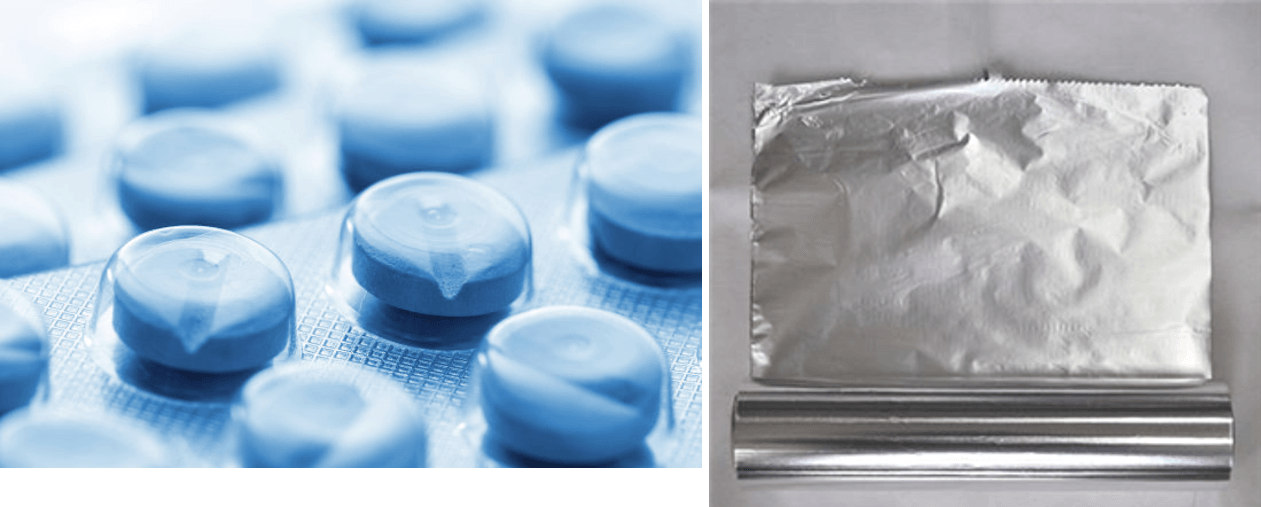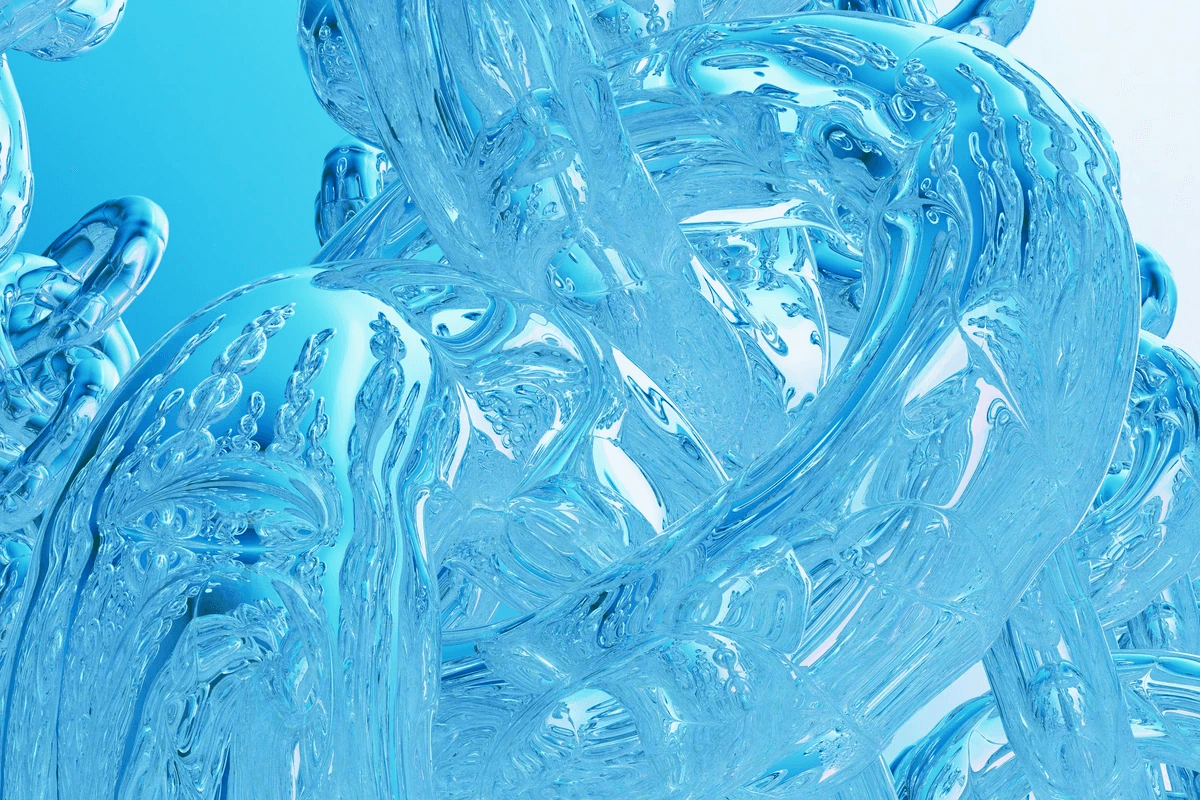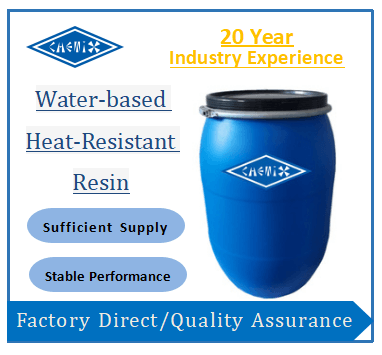Introduction

The world of adhesives is vast and varied, but hot melt adhesives stand out for their versatility and performance. These thermoplastic adhesives are designed to be heated until they melt, allowing for easy application before solidifying to create strong bonds. Among the many types of hot melt adhesives, polyurethane hot melt adhesive has gained significant traction due to its robust properties and adaptability across multiple industries.
Overview of Hot Melt Adhesives
Hot melt adhesives are a unique category of bonding agents that offer quick setting times and excellent adhesion qualities. They can be applied in various forms, including granules, pellets, or films, making them suitable for different applications such as packaging, woodworking, and automotive assembly. The ability to use heat seal technology further enhances their utility in sectors like food packaging, where heat-seal adhesive coatings play a crucial role in ensuring product freshness and safety.
Importance of Chinese Manufacturers
China has emerged as a powerhouse in the production of hot melt adhesives, boasting numerous manufacturers that contribute significantly to both domestic and international markets. These manufacturers are known for their innovation and ability to produce high-quality polyurethane hot melt adhesive solutions tailored for diverse applications. With advancements in technology and production techniques, Chinese companies are leading the charge in developing heat sealers for food packaging that meet global standards while remaining cost-effective.
Key Applications of Hot Melt Technology
The applications of hot melt technology span a wide range of industries; from automotive components requiring durable bonds to consumer goods that rely on effective packaging solutions. Polyurethane hot melt adhesive is particularly favored in sectors like electronics due to its superior bonding capabilities under varying environmental conditions. Additionally, the rise of hot melt adhesive film has revolutionized how products are assembled and packaged across different sectors by providing an efficient means to apply adhesive without mess or waste.
Leading Hot Melt Adhesive Manufacturers in China

When it comes to hot melt adhesives, China is home to some of the world's leading manufacturers that have significantly impacted various industries. These companies not only produce high-quality products but also drive innovation in adhesive technology, particularly in polyurethane hot melt adhesive formulations and heat-seal adhesive coatings. With a growing emphasis on sustainable practices, these manufacturers are paving the way for a greener future in adhesive applications.
Henkel's Role in the Industry
Henkel has established itself as a powerhouse in the hot melt adhesive sector, offering a wide range of solutions tailored for diverse applications. Their polyurethane hot melt adhesive products are especially notable for their strength and versatility, making them ideal for everything from automotive assembly to electronics packaging. Furthermore, Henkel’s commitment to sustainability is evident in their development of heat seal technology that improves efficiency and reduces waste.
H.B. Fuller and Its Innovations
B. Fuller is another key player that stands out with its innovative approach to hot melt adhesives. The company's focus on research and development has led to groundbreaking products like advanced heat-seal adhesive coatings that enhance packaging integrity while ensuring food safety. Their pioneering work with hot melt coating technologies allows manufacturers to optimize production processes without compromising quality.
3M's Diverse Adhesive Solutions
3M offers an extensive portfolio of hot melt adhesive solutions that cater to various industries, including automotive, electronics, and consumer goods. Known for their reliability, 3M’s polyurethane hot melt adhesives provide exceptional bonding strength under challenging conditions, making them a favorite among manufacturers looking for durability and performance. Additionally, their advancements in hot melt adhesive film technology have revolutionized applications such as laminating and assembly processes across multiple sectors.
Exploring Polyurethane Hot Melt Adhesive

Polyurethane hot melt adhesive has emerged as a game-changer in the adhesive industry, providing robust bonding solutions across various applications. Its unique properties, including flexibility and resistance to moisture and temperature fluctuations, make it an ideal choice for demanding environments. As industries continue to evolve, the versatility of polyurethane formulations is becoming increasingly important.
Benefits of Polyurethane Formulations
One of the standout benefits of polyurethane hot melt adhesive is its exceptional strength and durability. This adhesive can withstand extreme conditions without compromising its bonding integrity, making it perfect for industrial applications where reliability is key. Additionally, its elasticity allows for movement between bonded substrates, which is crucial in sectors like automotive manufacturing and electronics assembly.
Another advantage lies in its environmental resilience; polyurethane formulations are often designed to resist chemicals and UV exposure. This quality ensures that products maintain their performance over time, even when exposed to harsh conditions. Furthermore, many manufacturers are now developing eco-friendly versions of polyurethane adhesives that align with sustainability goals while still delivering superior performance.
Applications in Automotive and Electronics
In the automotive sector, polyurethane hot melt adhesives play a pivotal role in assembling components such as dashboards, door panels, and headliners. These adhesives provide strong bonds that can endure vibrations and temperature changes typical in vehicles without failing over time. The ability to bond dissimilar materials also enhances design flexibility for modern automotive engineering.
The electronics industry also benefits from these versatile adhesives; they are used extensively in assembling devices like smartphones and tablets where precision is paramount. Polyurethane hot melts ensure secure connections between components while maintaining a lightweight profile essential for portable devices. Additionally, their heat seal technology allows for efficient production processes that minimize waste.
How to Choose the Right Polyurethane Adhesive
Selecting the right polyurethane hot melt adhesive requires careful consideration of several factors including application requirements and environmental conditions. First off, assess the materials you’ll be bonding; compatibility plays a significant role in achieving optimal adhesion strength with any hot melt coating or film used alongside it.
Next, consider the specific conditions your application will face—whether it's exposure to moisture or extreme temperatures—as these will dictate which formulation is best suited for your needs. Finally, consult with suppliers about their product offerings; many provide valuable insights into heat-seal adhesive coatings or other innovations that could enhance your production process.
Heat-Seal Adhesive Coatings in Action

Heat-seal adhesive coatings have transformed the food packaging industry, ensuring that products remain fresh and safe for consumers. These coatings create a reliable bond when heat is applied, effectively sealing packages without compromising the integrity of the contents inside. With an increasing demand for convenience and sustainability, heat seal technology is becoming essential in modern packaging solutions.
Use in Food Packaging Industries
In the food packaging sector, heat-seal adhesive coatings are indispensable. They provide a robust barrier against moisture and contaminants, which is crucial for maintaining product quality during storage and transportation. The versatility of these coatings allows them to be used on various materials, including films and laminates, making them ideal for everything from snack bags to ready-to-eat meals.
Advantages of Heat Seal Technology
The advantages of heat seal technology are numerous and impactful. Firstly, it enhances shelf life by creating airtight seals that prevent spoilage, which is vital in keeping food products fresh longer. Additionally, using a polyurethane hot melt adhesive in heat seal applications ensures strong adhesion while remaining flexible enough to withstand handling during distribution—no one wants their packaging to fall apart before it even reaches the shelf!
Examples of Successful Heat Seal Applications
Successful applications of heat-seal adhesive coatings can be seen across various food products today. For instance, many snack manufacturers utilize advanced hot melt coating techniques to create resealable bags that maintain freshness after opening—a win-win for both consumers and producers! Moreover, ready-to-eat meal kits often rely on these innovative adhesives to ensure that each component remains securely packaged until it's time for dinner.
Understanding Hot Melt Adhesive Film

Hot melt adhesive film is a versatile bonding solution that has gained popularity across various industries. Unlike traditional adhesives, hot melt films are solid at room temperature and become tacky when heated, allowing for easy application and strong bonding upon cooling. This unique property makes them ideal for a range of applications, from packaging to automotive manufacturing.
What is Hot Melt Film?
Hot melt adhesive film is a thermoplastic material that can be applied as a thin layer to bond surfaces together effectively. It typically consists of polymers, such as polyurethane hot melt adhesive, which provide excellent adhesion properties and flexibility once cured. The application process involves heating the film until it melts, then pressing it between the surfaces to create a durable bond that can withstand various environmental conditions.
Applications Across Different Sectors
The applications of hot melt adhesive film are extensive and diverse, spanning several sectors including automotive, electronics, textiles, and packaging. In the automotive industry, these films are used for assembling components due to their strong adhesion and resistance to heat and chemicals. In food packaging, heat-seal adhesive coatings utilizing hot melt technology ensure airtight seals that maintain freshness while providing convenience through efficient heat sealers for food packaging.
Environmental Benefits of Hot Melt Films
One of the standout features of hot melt adhesive films is their potential environmental benefits compared to traditional adhesives. Many formulations are free from solvents or low in volatile organic compounds (VOCs), making them safer for both manufacturers and end-users alike. Additionally, advancements in materials science have led to the development of eco-friendly options that utilize renewable resources—further enhancing the appeal of hot melt films in sustainable manufacturing practices.
The Rise of Chemix's Water-Based Resin Solutions

In recent years, Chemix has emerged as a key player in the development of water-based resin solutions, particularly in the realm of adhesives. These innovative products have gained traction due to their eco-friendly properties and versatility. As industries increasingly prioritize sustainability, water-based resins are becoming a popular choice for manufacturers looking to reduce their environmental footprint while maintaining high performance.
Advantages of Water-Based Resin
Water-based resins offer numerous advantages over traditional solvent-based adhesives, starting with their lower volatile organic compound (VOC) emissions. This not only makes them safer for workers but also aligns with stricter environmental regulations that many industries must now adhere to. Additionally, these resins provide excellent adhesion properties and can be formulated to meet specific needs, making them suitable for a wide range of applications including polyurethane hot melt adhesive formulations.
Another significant benefit is the ease of cleaning up after application; water-based options typically require just soap and water for removal, unlike their solvent counterparts which can necessitate harsh chemicals. This user-friendly aspect appeals greatly to manufacturers who value efficiency in production processes. Moreover, Chemix's innovative formulations ensure that these adhesives maintain strong bonding capabilities across various substrates without compromising on quality.
Applications in Coatings and Textiles
Chemix's water-based resin solutions find extensive use in coatings and textiles, revolutionizing how products are manufactured and finished. In the coatings industry, they serve as an essential component for creating durable finishes that enhance appearance while providing protection against wear and tear. When it comes to textiles, these resins enable effective bonding between different fabric layers—perfect for applications requiring flexibility without sacrificing strength.
The integration of heat-seal adhesive coatings further enhances the functionality of textile products by allowing fabric pieces to be sealed together seamlessly using heat seal technology. This method not only speeds up production but also improves overall product durability—qualities highly sought after in today’s fast-paced market environment. Ultimately, these applications illustrate how Chemix’s water-based solutions are paving the way toward more sustainable manufacturing practices across multiple sectors.
A Greener Alternative for Manufacturers
As businesses strive to adopt greener practices, Chemix’s water-based resin solutions stand out as an ideal alternative for manufacturers seeking sustainable options without compromising performance. Unlike traditional adhesives that often rely on harmful solvents or chemicals, these eco-friendly formulations align perfectly with modern corporate responsibility goals aimed at minimizing environmental impact.
Moreover, when combined with hot melt adhesive film or hot melt coating techniques, they offer enhanced versatility across various applications—from packaging materials to automotive components—while still adhering to stringent safety standards. By choosing such innovative alternatives like those offered by Chemix, manufacturers can confidently contribute toward a cleaner planet while enjoying the benefits of advanced adhesive technology.
Conclusion
In the ever-evolving landscape of adhesive technology, hot melt adhesives stand out due to their versatility and efficiency. As we look toward the future, innovations in formulations like polyurethane hot melt adhesive and heat-seal adhesive coatings are set to redefine industry standards. From food packaging to automotive applications, these technologies will continue to play a pivotal role in enhancing product performance and sustainability.
Future Trends in Hot Melt Adhesives
The future of hot melt adhesives is bright, with trends pointing toward increased use of eco-friendly materials and advanced formulations. Polyurethane hot melt adhesives are gaining traction for their superior bonding capabilities and flexibility, making them ideal for diverse applications including electronics and automotive sectors. Moreover, the integration of smart technologies into heat seal technology promises enhanced precision and efficiency in manufacturing processes.
How to Select Reliable Suppliers
Choosing reliable suppliers for your hot melt adhesive needs is crucial for ensuring quality and consistency in production. Look for manufacturers that specialize in polyurethane hot melt adhesive or heat-seal adhesive coatings, as they often have the expertise needed to deliver high-performance products. Additionally, consider suppliers who offer comprehensive support services such as technical assistance with heat sealers for food packaging or customized solutions tailored to specific industry requirements.
The Role of Innovation in Adhesive Technology
Innovation is the heartbeat of progress in adhesive technology, driving advancements that meet evolving market demands. With companies investing heavily in research and development, we're witnessing breakthroughs like improved hot melt coating techniques and more effective hot melt adhesive films that provide better adhesion properties while being environmentally friendly. Ultimately, staying abreast of these innovations will empower manufacturers to make informed choices that enhance their product offerings.
